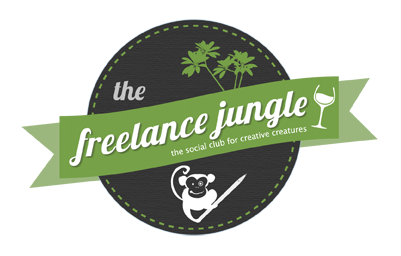The idea of a professional freelance napper seems at odds with the often workaholic culture. But being able to break free and rest helps create far more creativity in the old grey matter. And no, before you ask, I am not referring to the other form of freelance professional nappers who test beds and linen for a living.
We also regularly put freelancers to bed in the Freelance Jungle so that we’re not up all night wired to the internet. OK, so being that proactive came out of seeing a lot of late night press conferences come out of Canberra during the early stages of COVID-19. And the problems that came with stressed people in a community of freelancers trying to make sense of all the changes to business, tax, health and law that ensued. But something good came out of that in the shape of a focus on good quality sleep that we know extend with the professional freelance nap.
Sleep is amazing. I can wake up with anxiety, nick another hour and completely reset my brain. I am totally into sleep as a self-care tool in a major way.
I suck at napping (I suffer terribly from sleep inertia, that groggy, gross feeling post nap). You can tell when I am sick, injured or got the dreaded hangover (which is basically 3 drinks and/or less than 8 hours sleep these days) because napping will come easy. Otherwise, it’s totally off the menu.
But I do know some people that swear by it.
Here’s how to ace the professional freelance power nap:
· Make that sucker brief. 10 minutes or 20 minutes are the best sized naps
· Make napping a routine. It helps to timetable a nap, so your biorhythms incorporate the nap into your regular schedule
· After lunch or mid afternoon is best. They say 3pm is best, although it appears impractical unless you can sleepwalk through school pickup
· Cool the room. All sleep is best taken with a little nip to it
Outside napping, what are the best tips for making your sleep a high-quality self-care event of epic proportions?
a) Know when you get the best quality sleep. It can’t hurt to keep a journal of naps and sleep specifics until you work out what your optimum sleep pattern is
b) Aim for quality. High quality sleep means looking after where you kip. Consider things like light sensitivity, your noise tolerance and air circulation
c) Make it wonderful. Invest in decent bed linen such as cotton or linen sheets, over poly blends. Reduce blue light and digital distractions by leaving the phone in another room. Use soft red light instead of white lighting to promote sleep. Support your neck and head via memory foam pillows
d) Increase your sleep potential. Lower your caffeine intake, try things like meditation, make time for exercise and don’t eat before bed. Oh, and keep the booze to a minimum too
e) Let your sleep come to you. Fitting, fighting and pfaffing about in bed isn’t that great for you. If you want sleep but it won’t visit you, try leaving the bedroom and coming back when you feel tired
Go on then. Go tuck yourself (in bed that is). Get sheet faced. Enjoy it.
Let’s normalise the idea of rest and naps. Or check out these other freelance self-care tips if napping ain’t your jam.

